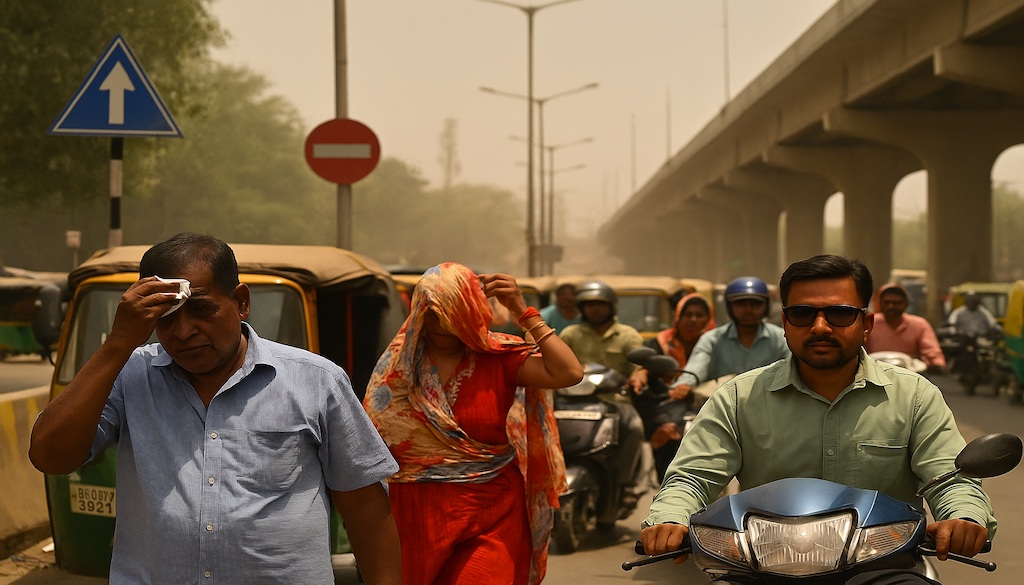Monsoon Slows Down in Bihar, Heat and Humidity Intensify Across State

Patna: The monsoon’s momentum has weakened across Bihar, leading to rising temperatures and growing discomfort due to humid heat. According to the India Meteorological Department (IMD), there is little chance of rain in most parts of the state for the next two to three days, and the mercury is expected to rise by 1 to 2 degrees Celsius during this period.
While light cloud cover and isolated rainfall may occur in around 12 districts, cities such as Patna are likely to see clear skies and strong sunlight, pushing up daytime temperatures. On Tuesday, Gopalganj recorded the highest temperature in the state at 39.6°C, followed by Motihari at 37.8°C and Patna at 36.4°C.
“There was no rainfall recorded in any district of Bihar in the past 24 hours. The weather remains dry with strong sunlight dominating most regions,” an IMD official said.
Monsoon Likely to Revive Post July 20
The weather department has forecast that monsoon activity will remain sluggish in the state until July 16, with a possible revival around July 20. Despite earlier predictions of above-normal rainfall this season, Bihar has so far recorded a rainfall deficit of 42% for the month of June.
Worrying Trend: Less Rain in July Since 2020
Data from the Meteorological Centre reveals that Bihar has experienced declining rainfall in July since 2020. The situation in the holy month of Sawan has been particularly dry over the past four years, with significant rains often delayed by 15 days.
Experts attribute this irregularity to the southward tilt of the monsoon trough line. Initially, the trough line hovers over southern Bihar, but as the season advances, it shifts towards Central India, resulting in more rainfall in southern Bihar. The monsoon typically brings higher rainfall in August and September during its retreat phase.
50% Rain Deficit Likely in 20 Districts
The IMD has warned of up to 50% less rainfall in 20 districts, including Patna, Buxar, Jehanabad, Bhojpur, Arwal, Vaishali, Aurangabad, and Chapra.
No Major Rain-Bearing System in Bay of Bengal
A senior IMD official explained the primary reason behind the rain shortfall: “There is currently no major low-pressure system developing over the Bay of Bengal. Normally, in early July, such systems form over eastern Uttar Pradesh and Bihar, triggering widespread rains. But this year, the Arabian Sea’s westerly winds and Bay of Bengal’s south-easterly winds are not converging effectively.”
Additionally, the monsoon trough line remains shifted southwards, causing heavier rainfall over parts of Jharkhand, Odisha, and Chhattisgarh while sparing most of Bihar.





